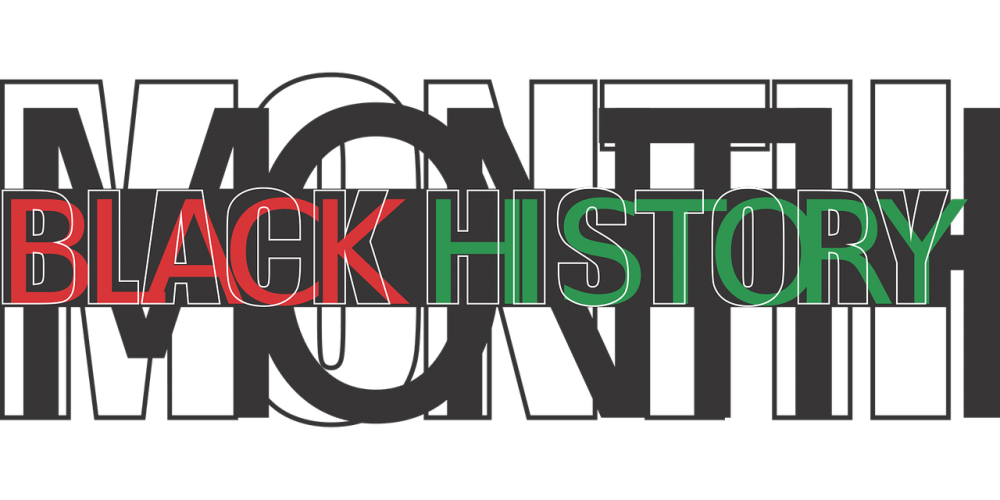
Time for a Little Spring Cleaning: How to Do a Good Data Cleansing in HR
Why data periodic data cleansing is important to make sure that data being collected are accurate and not compromised by mistakes.
"HR Spreadsheets Suck! How to Modernize HR Reporting"Register Now
Human Resources (HR) metrics are a set of quantifiable data that organizations use to measure and manage the effectiveness of their HR functions. HR metrics can provide insights into areas such as workforce planning, recruiting, employee retention, and training and development. While there is no standard set of HR metrics, most organizations use a combination of metrics that are tailored to their specific business needs. There are a variety of HR metrics that organizations can use to measure the effectiveness of their HR functions. Some of the most common HR metrics include turnover rate, average time to fill a position, employee satisfaction survey scores, and training costs. Organizations can use these metrics to identify areas where they need to make changes in order to improve the effectiveness of their HR department. HR metrics can provide useful insights into the effectiveness of an organization’s HR function. By tracking these metrics, organizations can identify areas where they need to make changes in order to improve the effectiveness of their HR department.

Why data periodic data cleansing is important to make sure that data being collected are accurate and not compromised by mistakes.

There are many reasons why candidates turn down job offers, especially in today’s labor market. The acceptance rate is a good HR metric to review to identify issues and offer clues for improvement.

Talent acquisition and recruitment take different paths to achieve workforce goals. It’s important to know the difference to support org strategies. Discover how HR Metrics can be used to support both paths.

Promotion rates seem like a simple HR metric but it can provide a lot of insight into aspects of your workforce such as organizational culture and employee engagement.

Metrics and data are never the answer to changing culture, but they are an invaluable tool for finding effective solutions for employee relations.

Span of control is just one more meth % HR can use to solve strategic problems within an organization and improve business decisions.

Organizational network analysis can be an insightful tool for HR and business leaders to learn the “why” or the story behind organizational issues.

Understanding workforce data with descriptive, predictive, and prescriptive HR analytics is important for HR to become a strategic business partner by providing key insights that improve business strategy.

The Time to Hire Metric is an important method to making sure recruitment processes work to attract talent and not lose them to competitors.

Diversity is nothing without real inclusion. HR should foster an organizational culture that supports both. Any HR initiatives need metrics to indicate whether DEI initiatives are working or not.

The best employee referrals come from successful employee referral programs that are supported by HR metrics and HR data.

Data visualization is a crucial tool for helping HR ensure the people data is understood within the organization’s leadership by telling a compelling story.

ERGs or Employee Resource Groups are a key driver for diversity and inclusion. Truly impactful groups support a diverse workforce by creating inclusive workspaces that embrace diversity.

KPIs help HR to discover which strategies work or working. KPI’s tied to HR metrics provide a way to measure such policies.